If you are planning on going to the Himalayas, make sure that you bring some things back home with you.
Besides the stunning scenery and warm people you will meet there, Spiti Valley is widely known for its unique culture and heritage that can be seen in its local products.
Whether you seek spiritual enlightenment, are an art enthusiast or a considerate traveler, this guide highlights 10 key souvenirs to purchase in Spiti Valley.
1. Woollen Handicrafts and Shawls
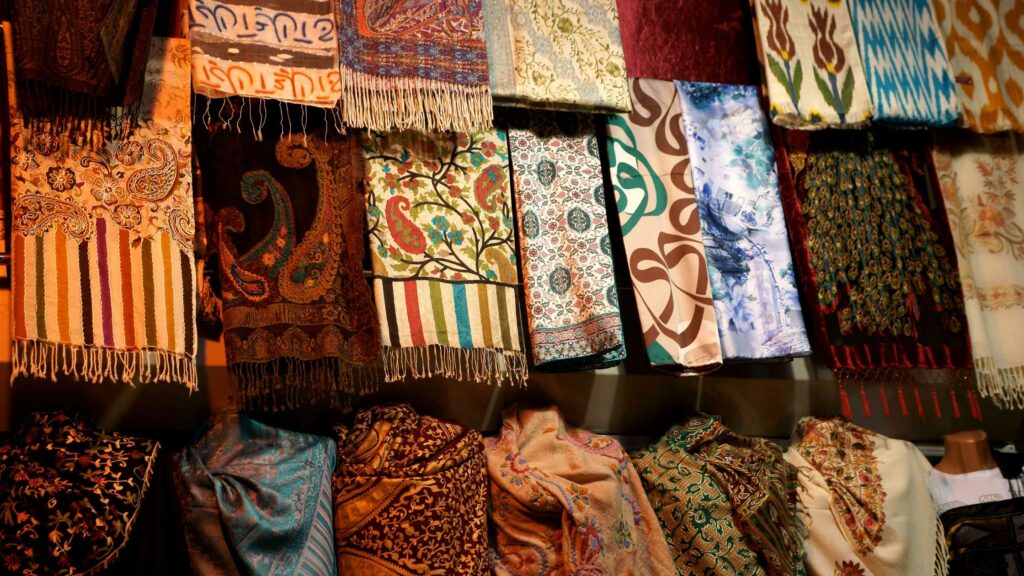
Due to the harsh winters in Spiti, wool is not just a fabric, but rather a necessity. The locals have a long-standing tradition of weaving and knitting, so their artistry is both functional and beautiful.
Hand knitted Mufflers, Caps and Gloves: These items are usually created by ladies who are part of self-help groups or small cottage industries. Spiti’s extreme winters require muffs, caps, and gloves – all of which aid in keeping one warm and are beautifully patterned.
Woollen Shawls and Stoles: made from pure sheep wool or yak wool, these shawls are warm during cold spells and usually have warm, subtle tones that mirror the terrain.
Where to Buy: Kaza and Tabo markets as well as stalls in small villages. You might also spot some along the route which is perfect to buy locally handcrafted products.
2. Prayer Flags and Wheels
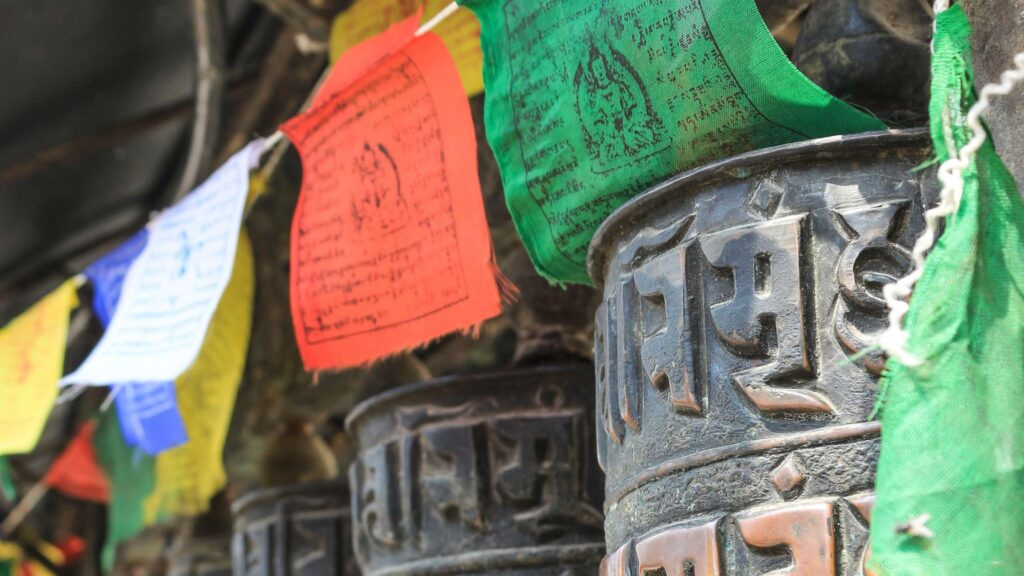
One of the most important kinds of souvenirs to get in Spiti Valley are prayer flags and wheels, as they hold deep meaning in the local culture. These artifacts embody peace, harmony, and the great wishing.
Prayer Flags: Now, these flags come in various colors which have beauty to them while they simultaneously serve a greater purpose.
Flags are to be hung in places such as homes, vehicles, or gardens, and send blessings that are carried through the wind.
Each symbol and color has meaning. For more detailed information, refer to this Pdf.
Mini mantra Wheels: These types of wheels are made typically of wood or brass. Like in the name, they are mini in size, and also hand crafted. When they are spun, they release blessings.
बख्शीश: Faded and hand stitched flags are more environmentally friendly as well as spiritually potent.
3. Thangka Paintings
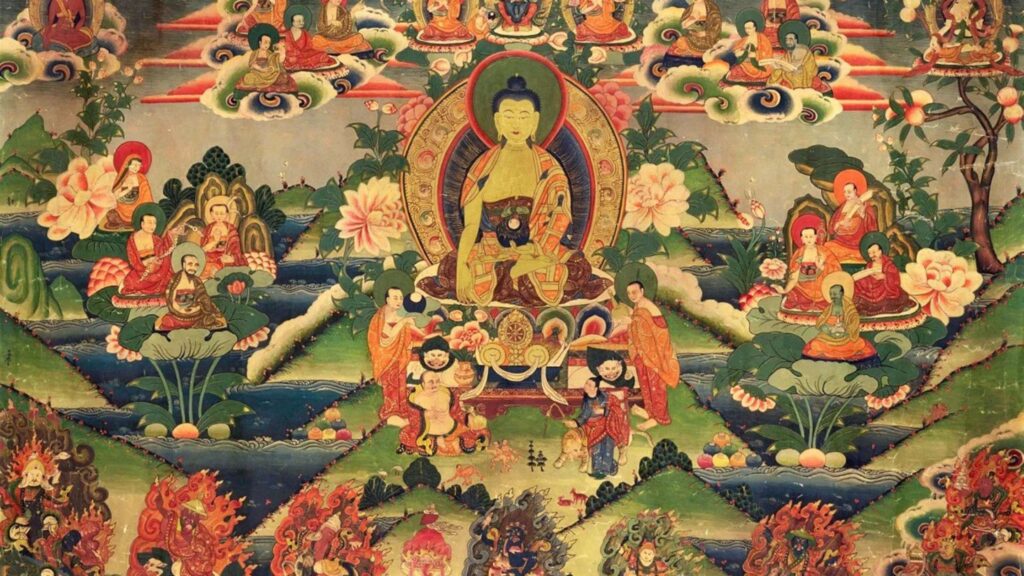
Every piece of art has a story and so do thangkas. In fact, thangkas tell stories from scriptures and depict buddha, mandalas and other deities beautifully on a piece of silk or cotton.
While displaying the history and artistic lineage of Buddhist, it serves as an adornment for walls.
Craftsmanship: A step my every artist needs to take with tilling their craft. The creation of a thangka requires extreme amounts of time due to skilled labor, intensive training, and months of painstaking detailing. With minerals and gold pigments, the pieces almost glow with life.
Purpose: The pieces are not only for decoration, as they serve as focal points for meditation, enhancing focus during religious activities and rituals.
Where to Buy: Purchase from monastery gift shops or art shops in Kaza. Always inquire about the artist and the painting’s story.
4. Local Spiti Tea and Herbal Products
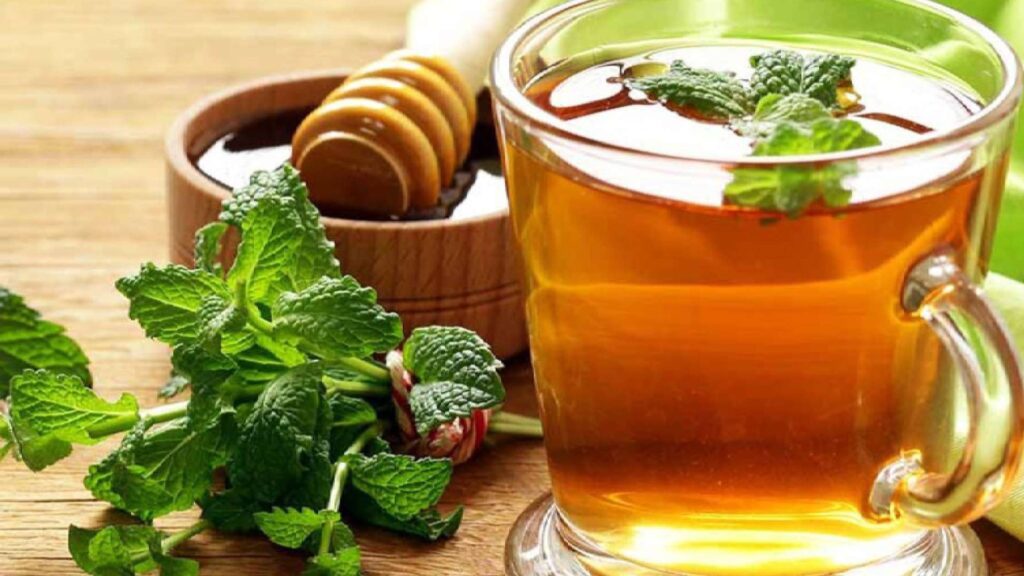
Due to the altitude and the pristine environment of Spiti, it is best placed to cultivate certain herbs and plants which have medicinal properties.
Seabuckthorn Tea: Known to boost the body’s defenses, and beneficial for cardiovascular health and skin, it is rich in vitamin C and antioxidants.
Chamomile and Rhododendron Infusions: A wonderful herbal detox, these calming brews are the perfect aid for restless sleep.
Handmade Soaps and Balms: Locally made skincare products using herbs, apricot oil, and yak milk are gentle and free of harmful chemicals.
Where to Buy: For genuine items, visit women’s consumers’ cooperatives or branches of organic shops located in Kaza.
5. Traditional Tibetan Jewellery

People who appreciate meaningful jewellery will find Spiti’s Tibetan pieces irresistible. These strikingly bold and colorful pieces are rich in culture.
Turquoise and Coral Necklaces: Worn by many, these stones are cherished in Tibetan culture and attributed with protective and healing properties.
Hand Carved Silver Rings and Earrings: They feature intricate designs of lotus flowers, dragons, or the “endless knot” which embody Buddhist philosophy, allowing the wearer to showcase their beliefs.
बख्शीश: Make sure to check if the jewellery is engraved by hand and inquire with the seller about the stone’s meaning.
6. Mala Beads of Stone and Bead Pray (Mala)
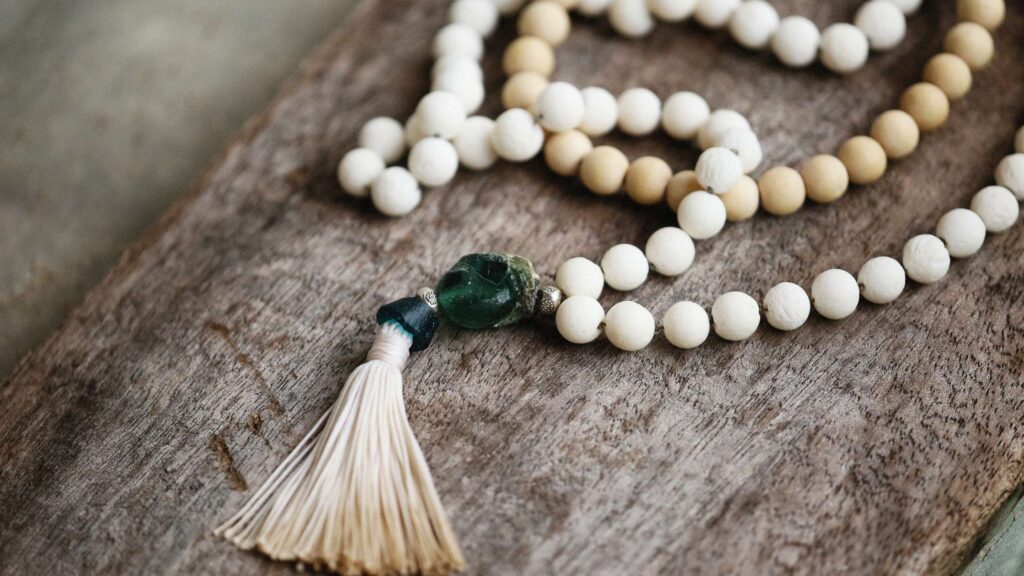
A mala is a strand of 108 beads which are used for chanting mantras and meditating in Buddha’s religion. They rank among the most popular and meaningful items available in Spiti Valley.
Materials Used: Malas are made of sandalwood, bodhi seeds, yak bone and semi-precious stones such as amethyst, rose quartz, among others.
Spiritual Value: More than being accessories, malas are said to be spiritual devices that can collect and store energy for many years.
बख्शीश: Avoid using malas as an ordinary fashion accessory unless you are aware of the deep traditions they carry.
7. Buddhism and local folklore books.
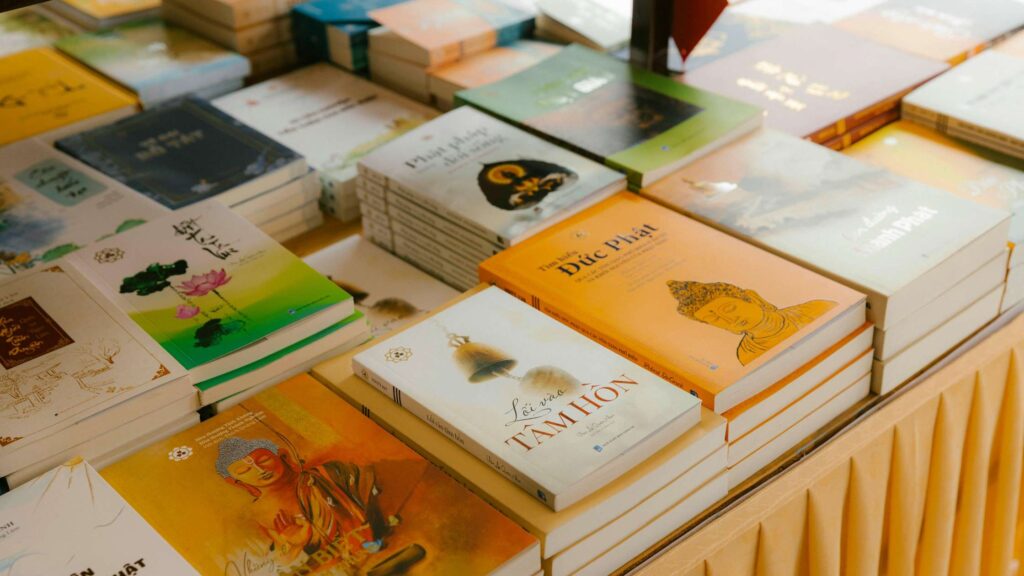
For visitors interested in the culture and spirituality of Spiti, these local books offer an invaluable resource.
Subjects: Tibetan Buddhism, the local monks’ biographies, monastery architecture, along with folktales and legends that have been told for centuries.
Languages: Many of them can be found in English or bilingual editions, and frequently authored by scholars who have resided in the area.
Places of Purchase: Monastery and school libraries, gift and book shops in Kaza and Tabo. These books are also memorable gifts.
8. Yak Wool Products
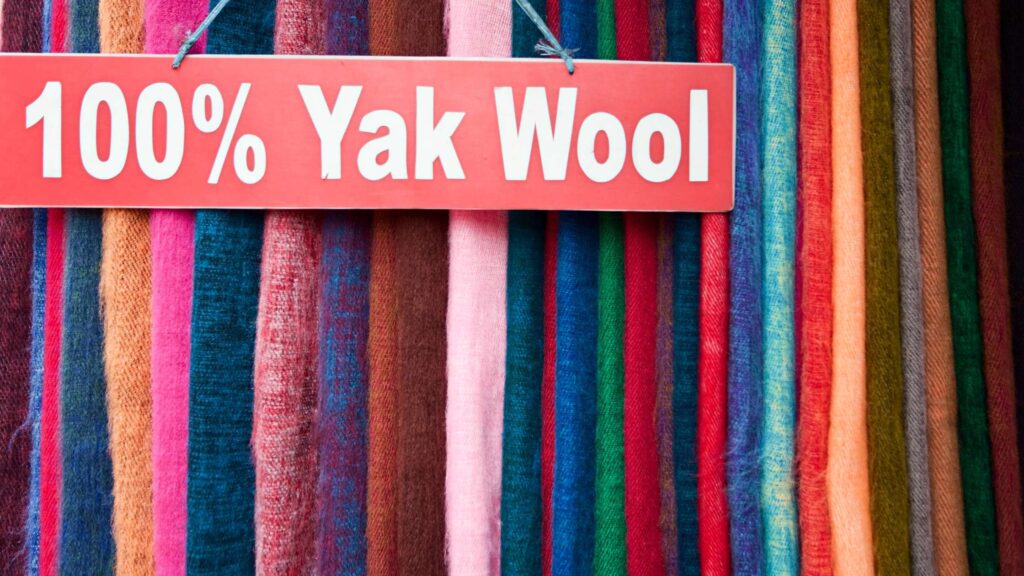
Wool from yaks is well-known for being hot and strong, and it plays a vital role in local textile culture.
What to Look For: Blankets, ponchos, and scarves made from pure yak wool. These are denser and warmer than sheep wool.
Why Buy: These items were not produced on a large scale; they are mostly made by local artisans in very small quantities.
Bonus: They are great for winter and rugged yet charming Himalayan pieces for your wardrobe.
9. Miniature Buddhist Statues And Artifacts
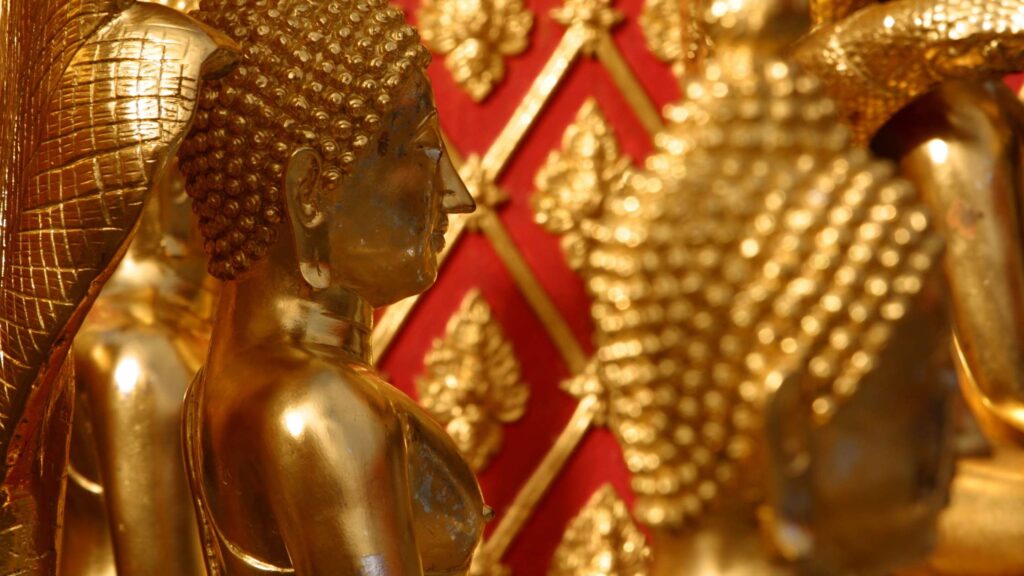
Mini statues of deities, which include Buddha, Tara or active Padmasambhava are often brought back from Spiti as decor and serve as mementos.
Materials Used: Bronze, clay and carved wood are quite common. Look out for those made by monks or local craftsmen to ensure authenticity.
Other Artifacts: Singing bowls, incense burners, and small altar pieces are perfect for enhancing a home meditation space.
Where to Buy: Key Monastery’s gift shop is reputed for authentic spiritual artefact.
10. Organic Prod… Barley, Sea Buckthorn, And Dried Fruits
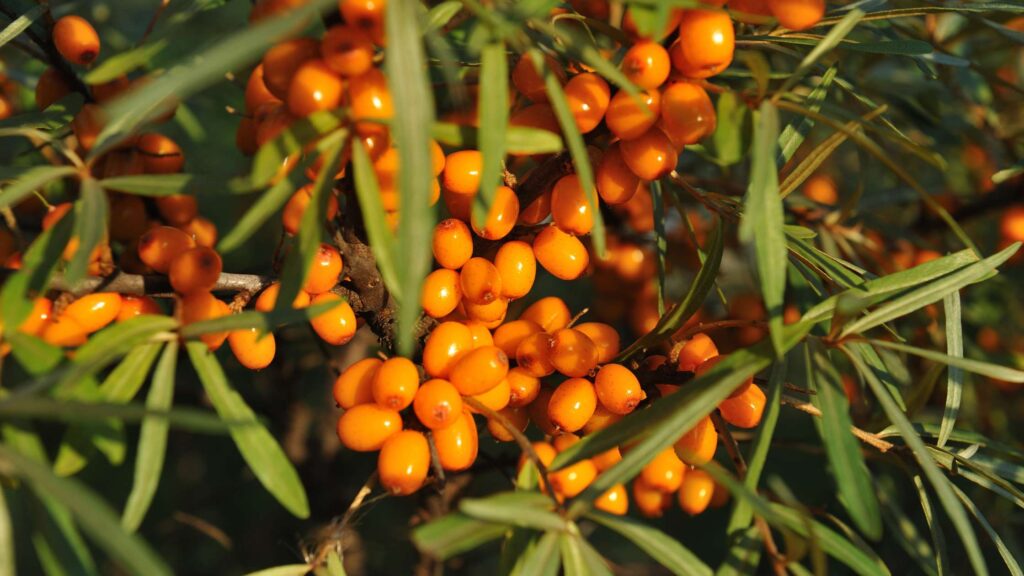
Produced in Spiti, these organic produce are helpful to local farmers and offer a rich source of nutrition.
Barley(Tsampa): This is a key component of Spitian diet. The roasted barley flour is an ingredient in smoothies, porridges and baking.
Seabuckthorn Products: This miracle berry offers a refreshing and tangy taste while being ultra rich in nutrients, proven through juices and jams.
Dried Apricots & Almonds: Dried in the sun, these fruits come from high-altitude orchards and are free from chemicals, ensuring that they deliver the highest flavor possible.
बख्शीश: These souvenirs are perfect for family and friends back home as they have a long shelf life.
Final Thoughts: Souvenirs with Soul
Spiti Valley isn’t endorsed with extravagant brand named shops often filled with tourists. Instead, they focus on shopping from local stores filled with stories, culture, and people that are part of the land. No matter what you’re buying, you help sustain local families and craftspeople.
Famous things to buy in Spiti Valley such as yak wool shawls, spiritual artifacts, or even herbal tea allow you to carry a small fragment of the Himalayas with you in your daily life.
Leave only footprints and take memories woven in wool, stone, prayer, and time.
यह भी पढ़ें: How To Plan Spiti Valley Trip With Family
